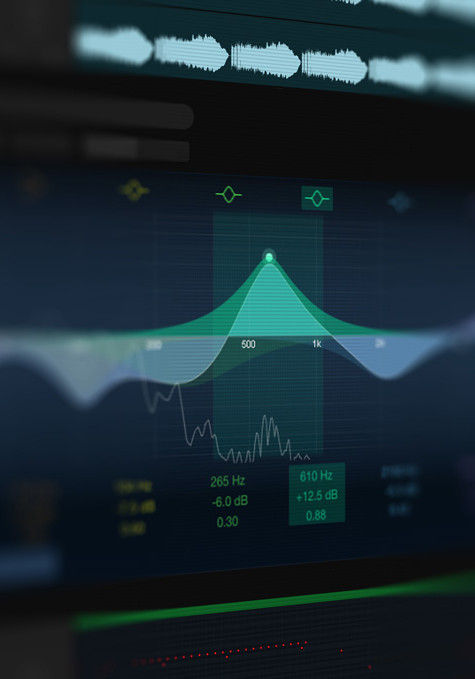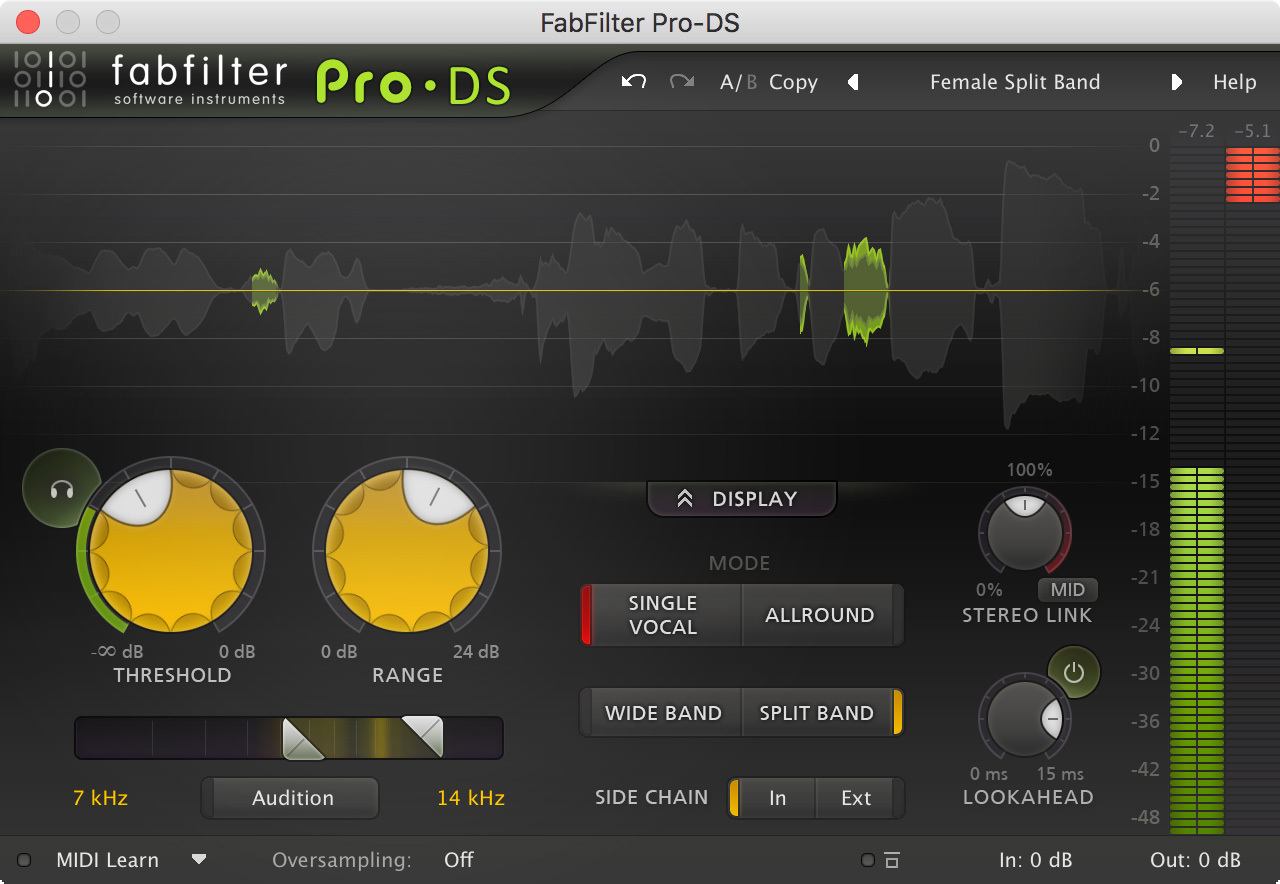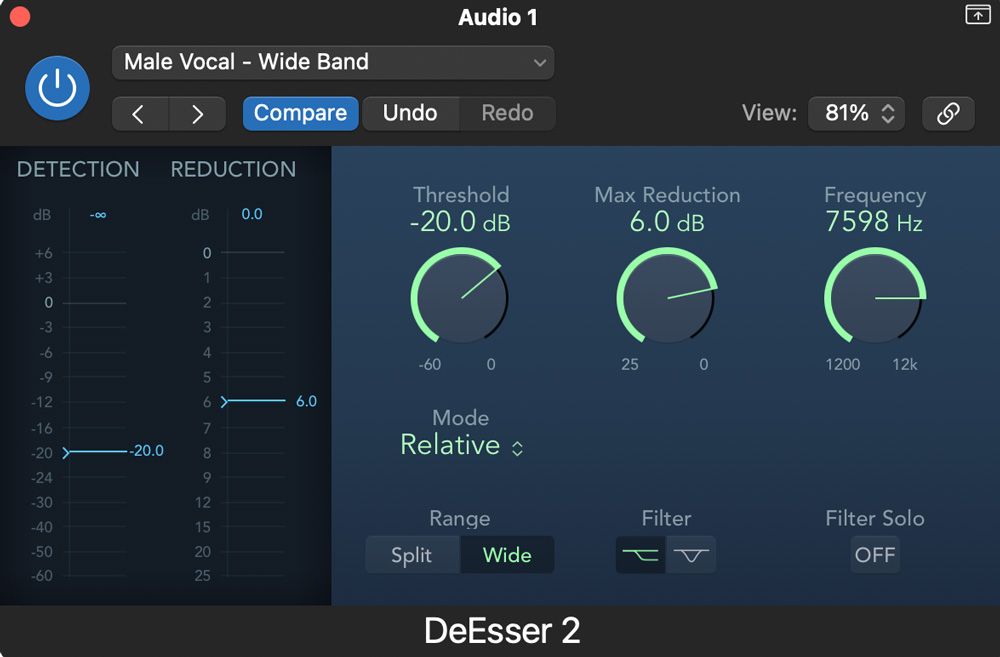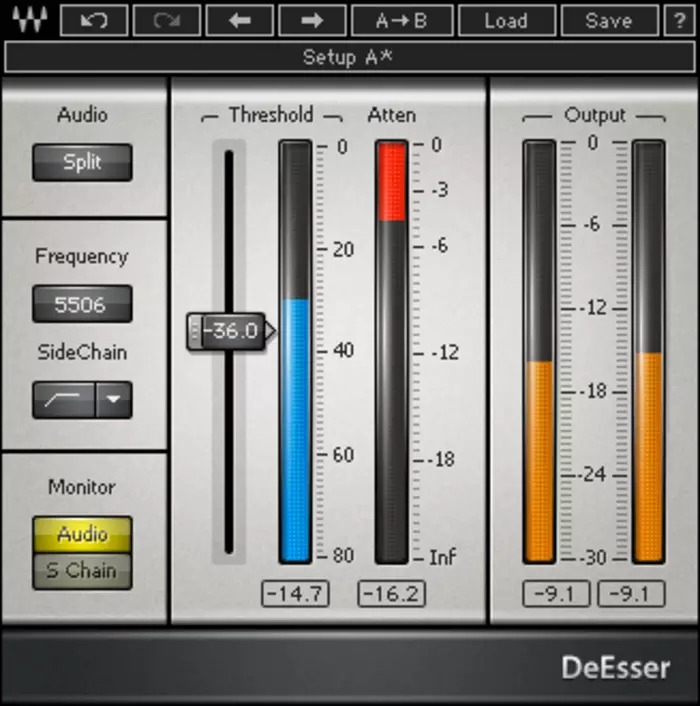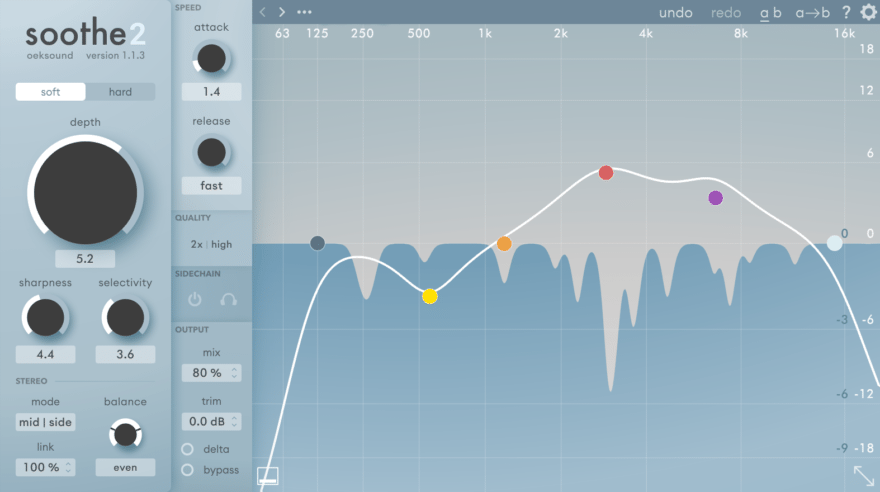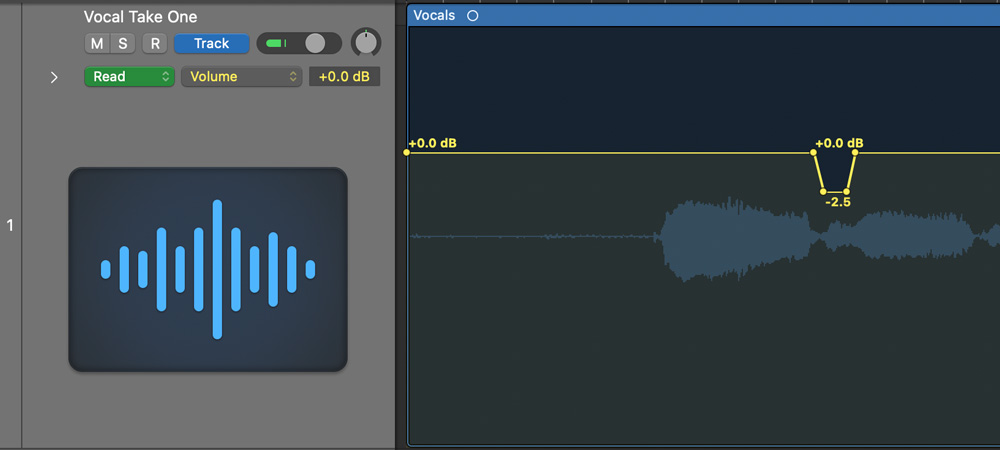So you've heard of de-essing as a powerful mixing tool. But what is de-essing? And how can it improve your vocal recordings? In this article, you'll learn how to de-ess vocals and why it's important.
In most cases, vocal production is the most critical element in a good mix. It's the central part of the arrangement in every style of music (except instrumentals, obviously). It can literally make or break a recording. And it can take a song immediately to the next level.
There are a lot of tools engineers and producers have at their disposal to sculpt the sound. Processors like EQ, compression, and saturation all play a part in the production process.
De-essing can seem confusing if you're new to music production, but in a nutshell, it helps to reduce or eliminate sibilance from your recordings.
What is Sibilance?
If left unchecked, sibilance can be super-annoying. Sibilance is the "s" sound that slithers its way into so many mixes. It also includes "F, X, CH, and SH" sounds.
It's an issue that many microphones can unfortunately emphasise. This is especially true for lower-end microphones. The good news is, you can mitigate the problem using purpose-designed de-essing plugins.
Sadly, fundamental mixing techniques, such as how to effectively compress vocals, how to apply EQ on a vocal track, or de-essing are often overlooked as home studio engineers become fixated with effects. Some call this "shinny toy syndrome".
Why Use a De-esser?
It's mainly used for vocal production, but it's also great for taming overly bright guitars and drum cymbals.
Certain equalization moves, compression settings, and saturators can worsen sibilance or introduce it if they're set incorrectly.
Using a de-esser, you can single out the frequency where sibilance exists and attenuate it so it doesn't sound harsh or distracting. Applied correctly, it can also prevent sibilance from adversely affecting other processes further down the signal chain.
When done correctly, de-essing will give you an even vocal sound that is consistent in tone and volume. But if you take it too far, it will make your sibilants too quiet or make them disappear altogether.
The irony is that sometimes it's not immediately certain that you need to de-ess. But when you overdo it, it's very obvious that you need to back it off a bit or switch up your settings.
How a De-Esser Works
Think of it like a frequency-based compressor. Generally, they work under the same principles. Some de-essers offer more control options, but for the most part, the big three are threshold, range, and frequency.
Today, we'll explore the fundamental techniques and controls to help you get started.
